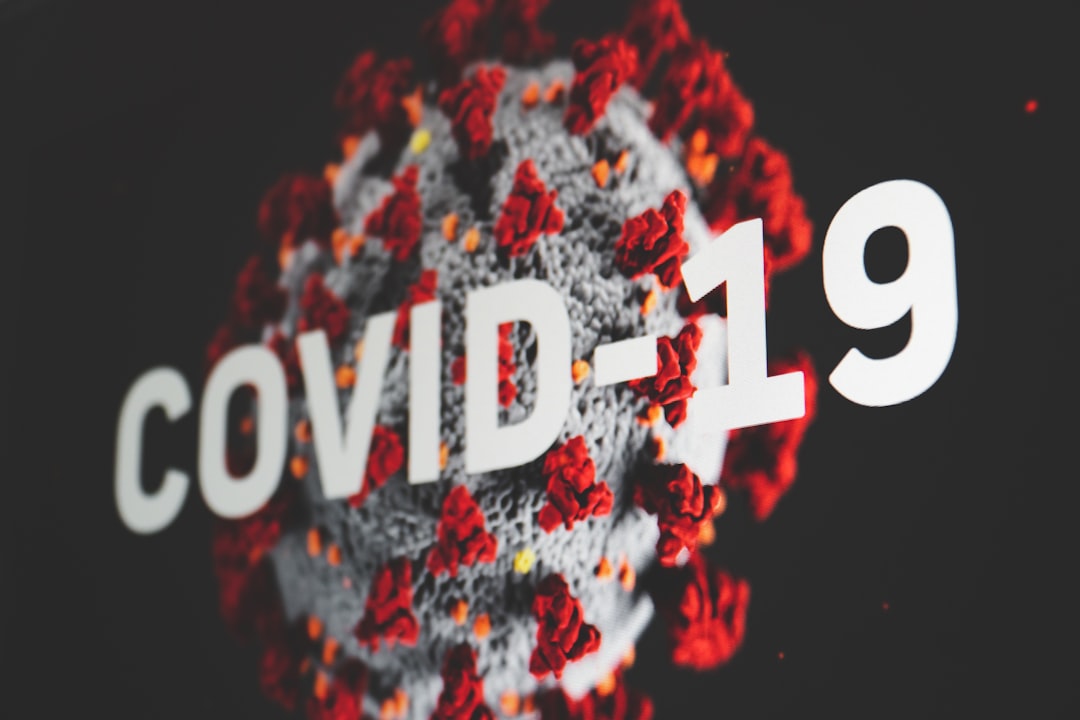What is it about?
This paper updates our research for accurately predicting the CO2 solubility properties for a given solvent without the requirement for any experimental data. In previous work referenced in the paper (Noroozi and Smith, Ind. & Eng. Chem. Res. 59, 18254-18268 (2020)) , we showed how to construct a rigorous macroscopic thermodynamic model that relies on knowledge of only two key parameters, and then showed how to predict them using a combination of standard computational methodology (electronic structure and atomistic molecular simulation methodology). We finally showed how the solubility properties and solution speciation can be calculated from the thermodynamic model. We validated our approach by predicting for a given input gas stream CO2 concentration the CO2 solubility and solution speciation for 7 primary alkanolamine solvents that have been studied experimentally. We showed that the prediction uncertainties (precision) of our methodology are within the experimental error bounds for species present in larger amounts, and for species in small concentrations (such as bicarbonate and carbonate, which are important markers of corrosion of the containment vessels used), we can predict results that are inaccessible to experimental measurement. We concluded by predicting results for 5 solvents for which no experimental data of any kind are available. The current paper expands calculations of the two key parameters to 77 solvents.
Featured Image

Photo by Marek Piwnicki on Unsplash
Why is it important?
Post-combustion solvent-based reactive absorption is the most mature technology available for CO2 capture from point sources such as coal-fired power, cement, steel and fertilizer plants, and is a key "low-hanging fruit" for reducing atmospheric CO2 concentrations underlying global warming. Currently used solvents are first-generation improvements on the almost 100-year-old solvent monoethanolamne (MEA). This includes their high energy requirements, susceptibility to degradation from ever-present impurities requiring their periodic replacement, and corrosion of containment vessels. It is imperative to focus research aimed at the development of improved solvents to ameliorate these disadvantages of current solvents. Our methodology can be used for new solvent discovery, both by means of screening large potential solvent databases and by the identification of new solvent structures. Our predictive methodology promises to provide a transformational improvement for their discovery, which currently relies on expensive and time-consuming experimental studies.
Perspectives
Post-combustion CO2 capture installations are being aggressively funded by governments today. However, without improved solvents, it is highly doubtful if reaching Net-Zero 2050 is possible without excessive expenditures. The current situation with CO2 solvents is analogous to the historical transition from incandescent to LED lighting. This transition was impeded by the short-sighted intermediate transition to fluorescents (compact fluorescent lighting, CFL). CFL lighting technology is both dangerous due to its use of poisonous and polluting mercury, and its large installed base impeded the rapid uptake of LED technology. Let's not squander scarce financial and human resources on deploying post-combustion CO2 reactive absorption installations without simultaneously engaging in intensive research to improve the solvents.
Professor William Robert Smith
University of Guelph
Read the Original
This page is a summary of: Force-Field-Based Computational Study of the Thermodynamics of a Large Set of Aqueous Alkanolamine Solvents for Post-Combustion CO2 Capture, Journal of Chemical Information and Modeling, August 2021, American Chemical Society (ACS),
DOI: 10.1021/acs.jcim.1c00718.
You can read the full text:
Contributors
The following have contributed to this page










